Apple’s New Lineup of iPhones is XS-ive
Today Apple made a large hoo-ha about its newest iPhone XS, which is pretty much the old iPhone but better. Many a buzzword was tossed around like bionic computing, machine learning, neural engine and others. But practically speaking what does that mean for pilots that use mobile technology in the cockpit?
iPhone XS
Although Apple claims the new iPhone XS is “the most advanced iPhone we’ve ever created,” in reality it’s only a minor iteration over last year’s clean sheet designed iPhone X. Unsurprisingly the XS has a new processor which makes most tasks performed on the device incrementally faster than the previous iPhone. Pilots may see a more fluid user experience with this faster A12 processor on apps like ForeFlight and Garmin Pilot, which have increasingly become more data-driven and require extra horsepower to generate and crunch the bits and bytes necessary to present the pertinent pilot pictorial. Also, max storage has been bumped to 512 GB which may be welcome to many pilots who carry large aviation databases on their mobile device. Otherwise the new iPhone XS has the same form factor, OLED screen, and face ID that customers have come to enjoy.
The big news that might make most pilots (especially those yearning for a new iPad mini) is the announcement of the iPhone XS Max. The Max boasts a 6.5 inch display which is the largest ever on an iPhone. It’s a full inch larger than the iPhone 8 Plus and even a smidge bigger than the Samsung Galaxy Note 9.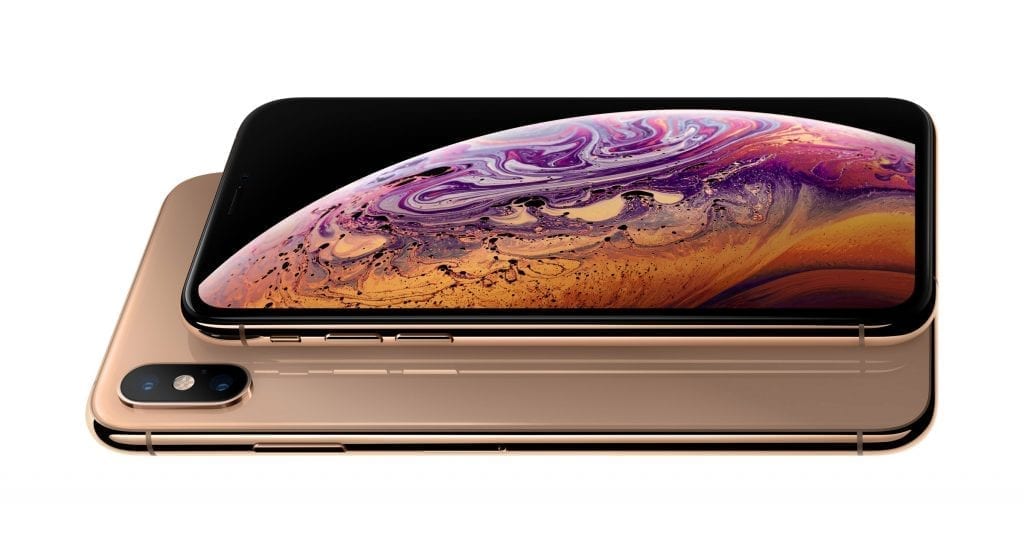 While still 1.4 inches smaller than the iPad mini, it may help fill the void for pilots looking for a device that’s smaller than a full size iPad but with more computing power than the aging iPad mini 4 (which is now three years old). Its also worth considering that many app developers, including those previously mentioned, are taking drastic steps to include the full suite of features on both the iPhone and iPad versions of their app.
While still 1.4 inches smaller than the iPad mini, it may help fill the void for pilots looking for a device that’s smaller than a full size iPad but with more computing power than the aging iPad mini 4 (which is now three years old). Its also worth considering that many app developers, including those previously mentioned, are taking drastic steps to include the full suite of features on both the iPhone and iPad versions of their app.
Of minor note, the announcement brought news of changes to both the front and rear cameras. While image sensor size didn’t see an increase the wide angle camera sensor now has larger pixels, and the telephoto includes a wider aperture, so both cameras should do better in low light. This will allow pilots to capture the perfect sunrise or sunset wing view photo. The faster front camera means a more crisp selfie for your Instagram feed.
International pilots may appreciate the dual SIM support. Both the iPhone XS and XS Max will support two phone numbers with two data plans. The phone will still only house one physical sim card while the second line is accommodated by Apple’s eSim. Check your carrier to see if they offer support for this feature.
Apple Watch Series 4
Sport pilots may be especially interested in Apple’s fourth iteration of the Apple Watch. Its first-of-a-kind ability to take an electrocardiogram could alert pilots without a medical to make an immediate landing. The watch will also screen heart rhythm for irregularities that may be related to atrial fibrillation. Keep an eye on this watch, too – it’s possible more health monitoring features could be coming in the future, including a pulse oximeter.
Apple Watch Series 4 is also able to detect “falls” and automatically trigger a call to emergency services if you’re immobile for a minute after the “fall.” One can only assume this would also apply to a “crash.” Not to be forgotten is the 30% larger screen size should be easier to read for aging eyes.
Apple will continue to sell the iPhone 7 and 7 Plus, the iPhone 8 and 8 Plus, now the iPhone XS and XS Max – in addition to a new entry level iPhone XR. The XR is similar to the iPhone X but with an LCD display and only a single camera. This lineup of iPhones will also ship with the newest mobile operating system by Apple. iOS 12 will be available as an official update to the public on September 17th. Stay tuned for our coverage of changes and recommendations for iOS 12.
While no mention of the iPad was to be had during this event, another event rumored for October might bring news about the tablet. In the meantime, we’re interested to see if pilots are willing to adopt the massive iPhone XS Max as a cockpit tool and what this ultimately means for the fate of the iPad mini.

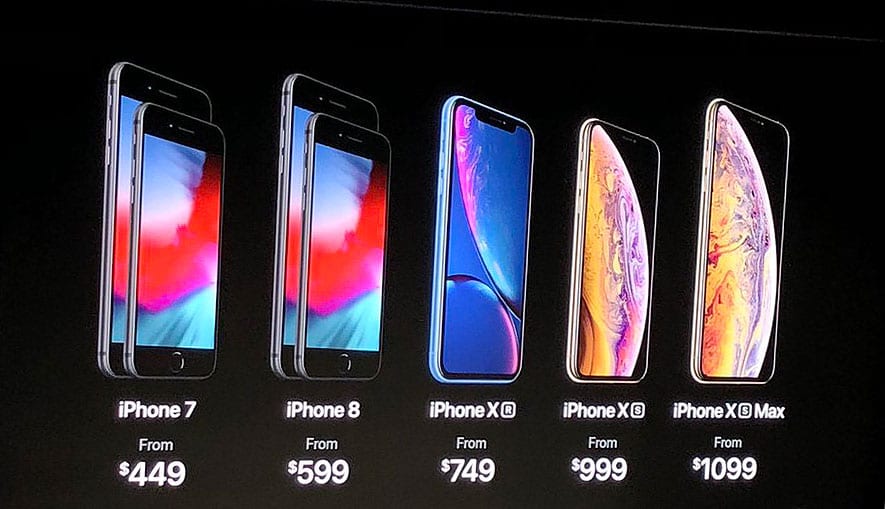

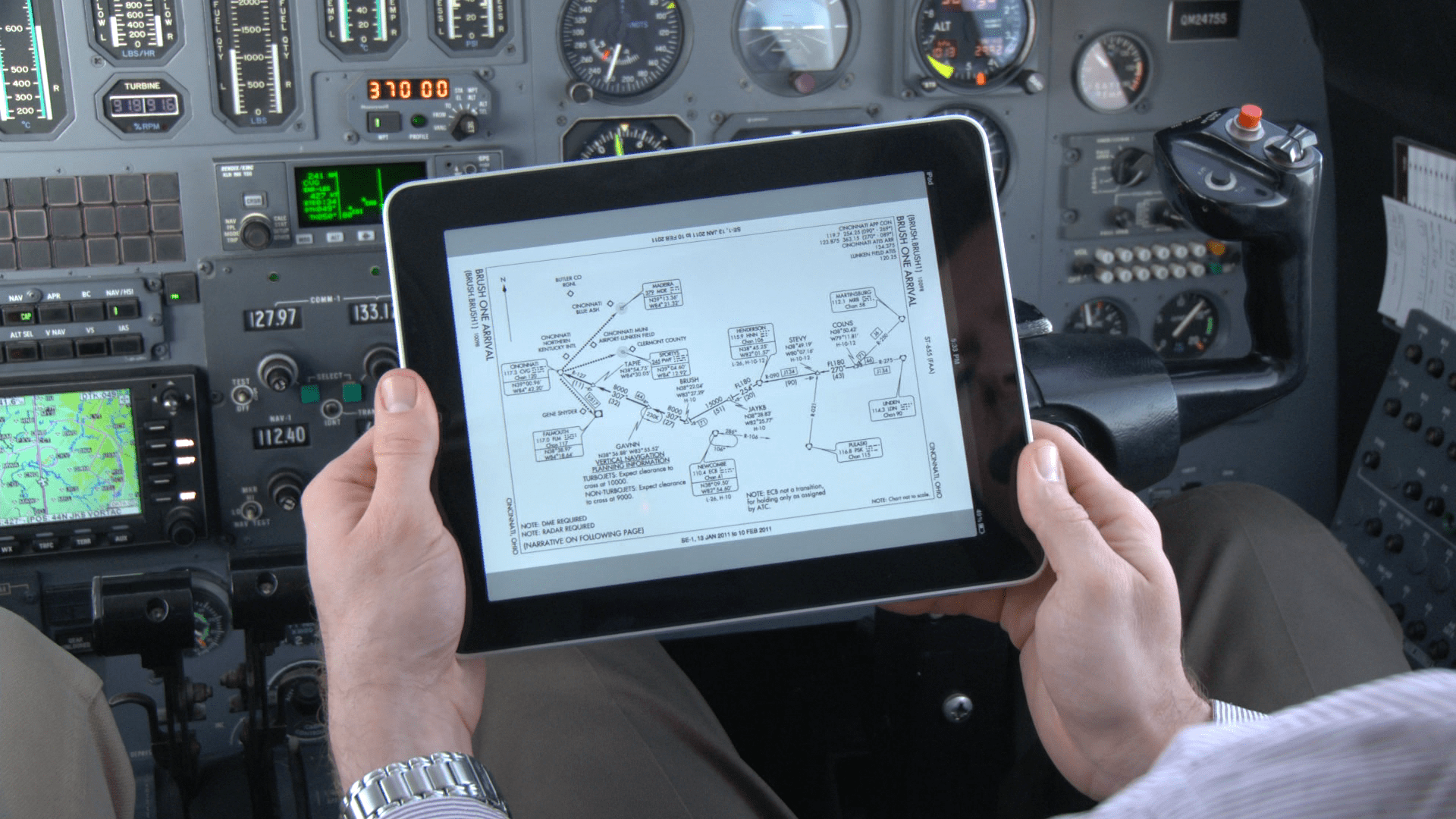

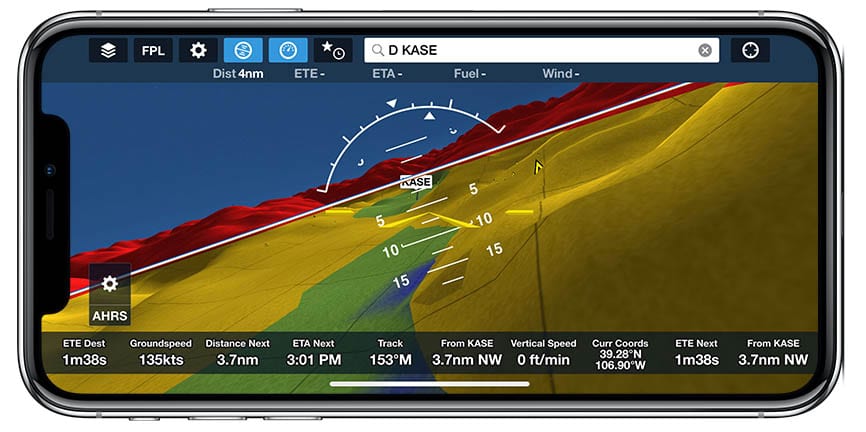

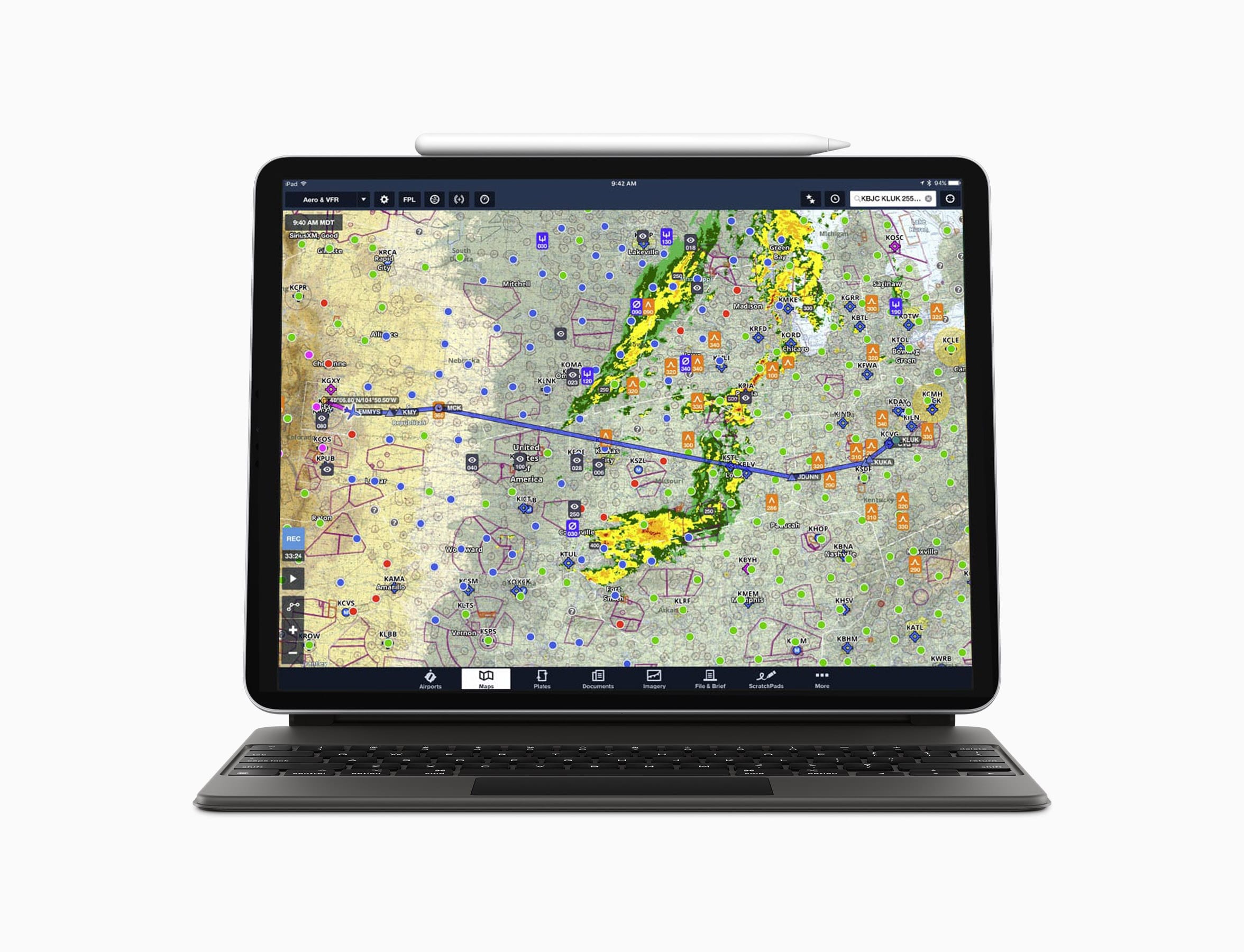





…. meh … I’m holding on to my 8+ one more year.
While I do “miss the Mini”, launching its successor into the”price stratosphere” makes me say “I don’t miss it THAT much … I’ve since learned to “get along without it.”
Comment one, aviation data only occupies large storage space when done wrong. The usual databases are very slim and easy, only the absolutely unnecessary jumping icons, videos and wrongly scanned documents consume valuable bytes and energy.
Comment two, my biggest concern is the complete switch to FaceID. I did encounter problems in cockpit with some sensors acting strange on the infrared bombardment of the light gun of the iPhone X. Short side note, my phone is mounted in the back of my car and connected to CarPlay -> does work blind with TouchID, but no chance for FaceID until they build it into CarPlay devices. I believe FaceID is the wrong part.
Addendum: dear crew, I’d like to read an investigation on FaceID usage in cockpit. Does it impose an additional threat to flight safety or not?
I had to dump my mini iPad because the processor was just not strong enough to keep up with everything needed such as weather, traffic, and loading approaches. I have ADS-B In/Out using Flightstream 210 and FF even said the mini is now not powerful enough to handle all that FF includes. I upgraded to the New iPad 9.5 and it works flawlessly. For those of you still using the mini you may need to be upgrading soon.
For the economy minded pilot, like me, the IPAD Mini 4 works just fine with ADS/B. I also have an IPAD Mini 2, and it also works acceptably. I’m not one to constantly chase technology. One can end up on the “bleeding edge” rather than the “leading edge”. IMHO, the best thing about the iPhone XS is that the price of the earlier iPhone versions might be going down, and then I can afford one.
good one. I have used the iPhone 7 from last 2 years. I like it the most. The series of Apple is awesome. Apple Watch Series 4